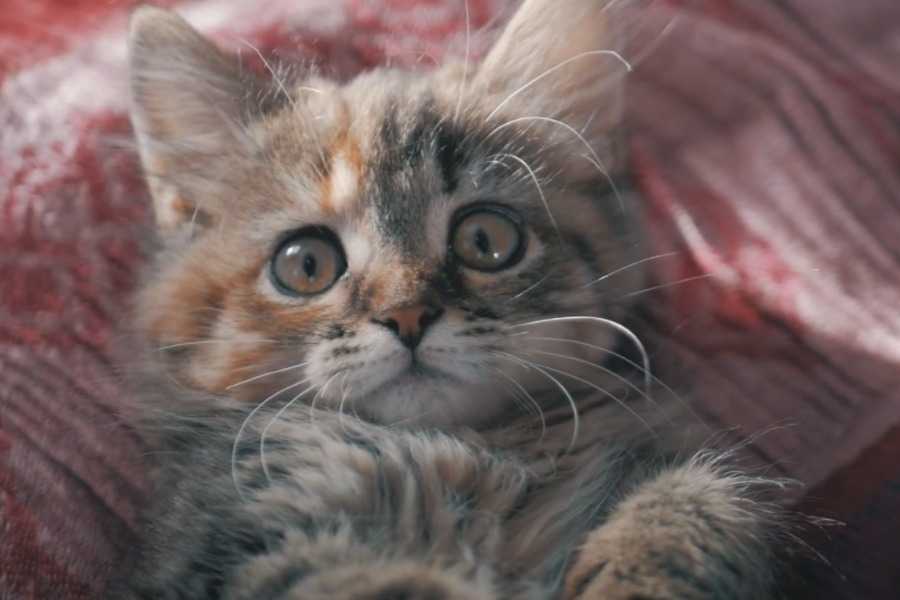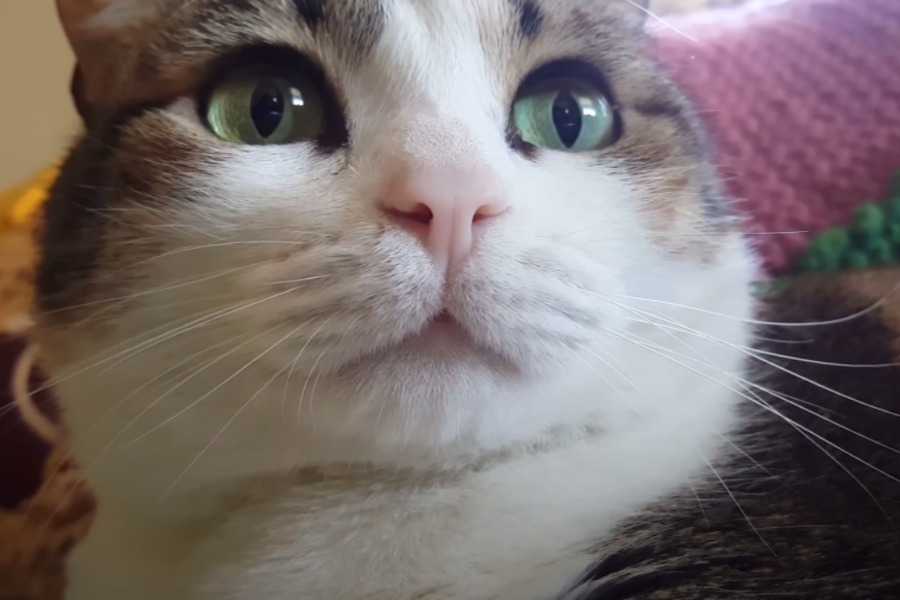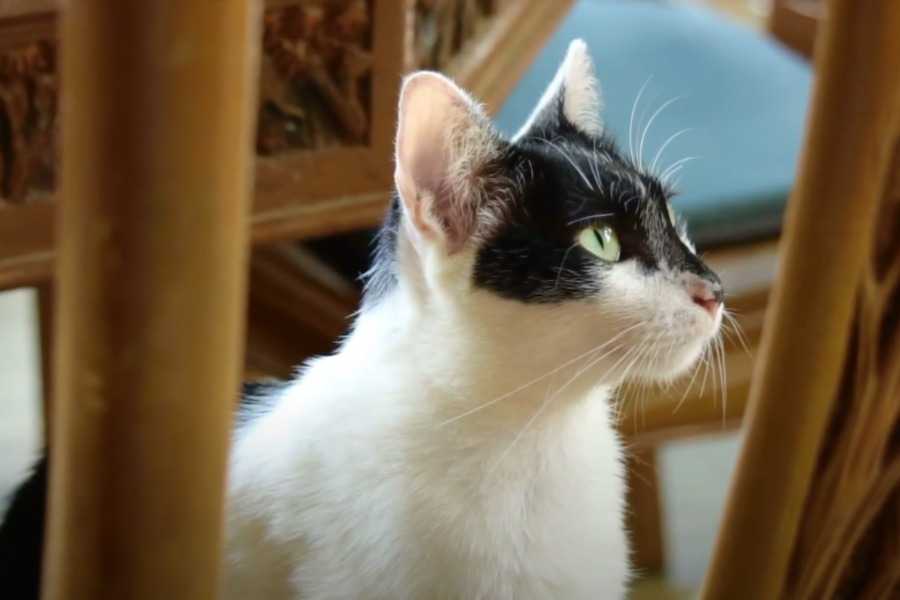Why Cat Can See in the Dark? The Secret Of Feline Night Vision

Why cat can see it the dark? Is it true?
The answer is not as straightforward as you might think. While cats don’t have night vision per se, they do have exceptional low-light vision that allows them to move around in near darkness.
Cats are known for their mysterious and elusive nature, especially when it comes to their nocturnal activities. One of the most fascinating aspects of our feline friends is their ability to navigate in the dark. But can cats really see in the dark?
This article will delve into the science behind feline night vision and how it influences their behavior.
The Structure of a Cat’s Eye

To understand how cats see in the dark, we first need to understand the structure of a cat’s eye. Just like human eyes, a cat’s eye has several components that work together to allow them to see.
The outermost layer is the cornea, a clear surface that protects the eye and helps focus light. Underneath the cornea is the iris, the colored part of the eye that controls the amount of light that enters it.
In bright light, the iris contracts to reduce the amount of light that enters the eye, and in dim light, it expands to allow more light in.
This mechanism allows cats to adjust to different lighting conditions. The retina, a layer of specialized cells at the back of the eye, detects light and sends signals to the brain. It’s in the retina where the magic happens for a cat’s eyesight.
The Magic of the Retina: Rod Cells and Tapetum Lucidum

Cats have a higher concentration of rod cells in their retina than humans. Rod cells are specialized photoreceptor cells that detect light in dimly lit conditions.
In contrast, cone cells, which are more concentrated in human eyes, are responsible for color vision and work best in brightly lit conditions. Cats’ eyes contain up to six to eight times more rod cells than human eyes, making them specially adapted for nocturnal hunting.

Another key adaptation in a cat’s eyesight is the tapetum lucidum, a reflective layer located at the back of the retina.
This layer acts like a mirror, reflecting light back through the retina to increase the light available to the photoreceptors. The tapetum lucidum is what causes a cat’s eyes to glow in the dark when exposed to bright light.
Cats and Low-Light Vision

The combination of these adaptations - the high concentration of rod cells, the tapetum lucidum, and a flexible iris - allows cats to see much better than humans in low light. Cats’ eyes can adjust to light levels that are six times lower than what a human eye can adjust to.
In fact, to a cat, the world at night is almost as clear as the world during the day.
However, it’s important to note that while cats have superior low-light vision, they cannot see in complete darkness. Eyes require some light to function, and cats are no exception.
They can, however, see much more clearly in low light than humans can, allowing them to navigate and hunt effectively in near darkness.
The Impact on Cats’ Behavior

Cats’ excellent low-light vision plays a significant role in their behavior, especially when it comes to hunting. They can see their prey from a greater distance than humans can.
Their ability to detect motion in low light, combined with their sharp hearing and acute sense of smell, makes them formidable hunters, able to track prey in near darkness.
The combination of these skills makes cats masters of the night, which is just incredible. Their ability to see in the dark has been essential for their survival over the centuries, both in the wild and in our homes as pets.
Wrapping Up

In conclusion, while cats don’t have night vision in the traditional sense, they do have exceptional low-light vision that allows them to navigate and hunt in near darkness. This ability is a result of several adaptations in their eye structure, including a higher concentration of rod cells, the tapetum lucidum, and a flexible iris.
Their superior low-light vision is a testament to the amazing ways animals can adapt to their environment. It’s one of the many reasons why cats are such fascinating creatures and why they make such wonderful pets.
For more interesting facts and discoveries about cats, check out our other articles on PawsAdviser, such as why my cat has watery eyes, and what shots are needed for cats.
Tags
Share
Table Of Contents
Related Posts
Quick Links

